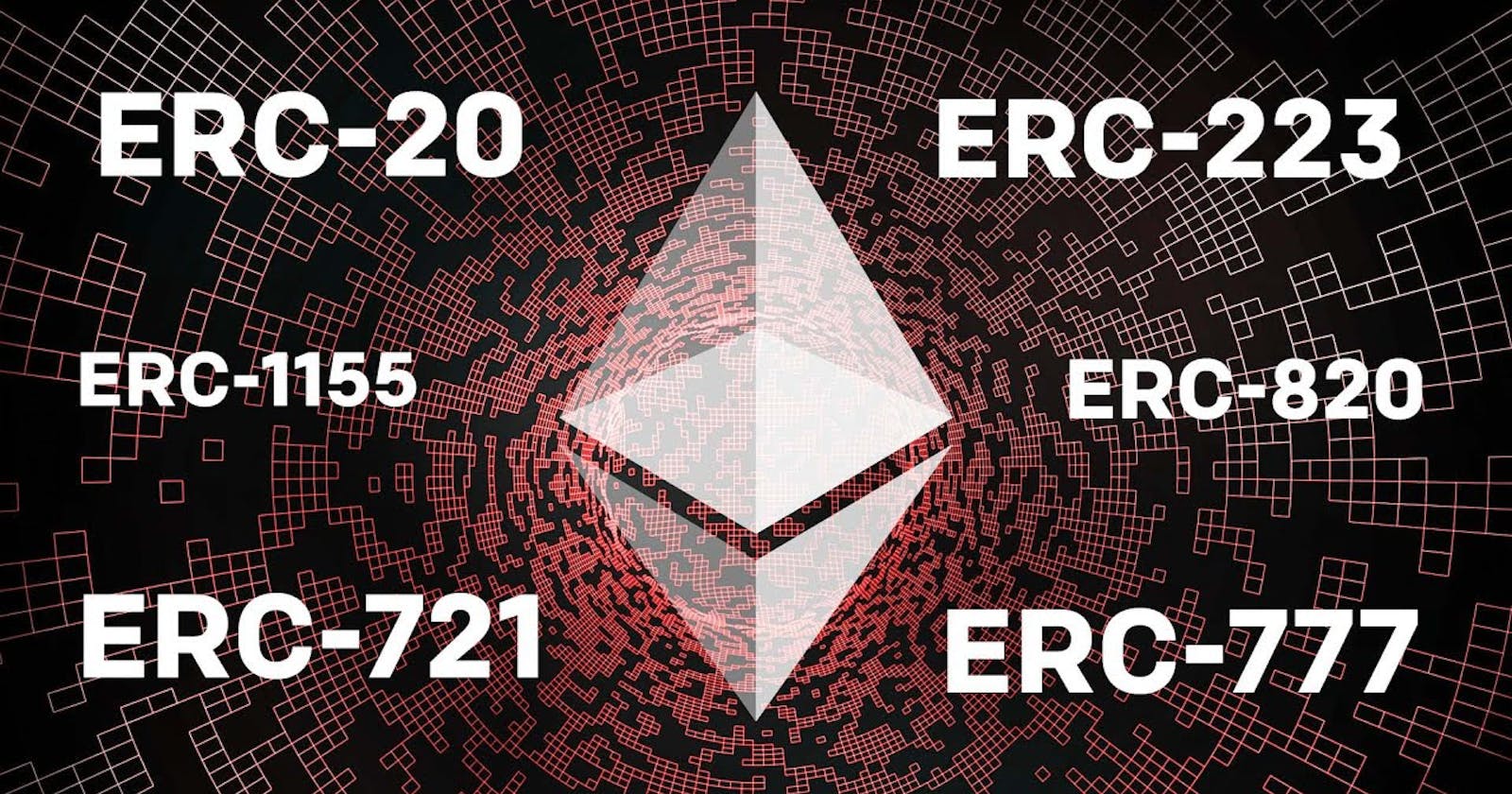Table of contents
Ethereum has revolutionized the way we think about blockchain technology, offering a decentralized platform that enables the creation of smart contracts and decentralized applications. At the heart of this ecosystem are the ERC standards, a set of rules and guidelines that allow developers to create tokens on the Ethereum blockchain. In this blog, we will explore ERC standards in detail and discuss the different types of ERC tokens.
What are ERC Standards?
ERC (Ethereum Request for Comment) standards are a set of rules and guidelines for developers to create and implement tokens on the Ethereum blockchain. They provide a common language, or standard, that ensures compatibility with other applications built on the Ethereum network.
The main advantage of ERC standards is that they ensure interoperability between different tokens, making it easy for developers to create applications that can work with multiple tokens. Without ERC standards, each token would have its own unique set of rules, making it difficult for developers to create applications that can work with multiple tokens. ERC standards also provide a set of guidelines for developers to follow when creating tokens, ensuring that they are secure and reliable.
Types of ERC Standards
There are several types of ERC standards, each with its own unique use case. Here are some of the most common types of ERC standards:
ERC-20: This is the most widely used ERC standard and is used to create fungible tokens. Fungible tokens are identical to each other and can be exchanged for one another. These tokens are commonly used for initial coin offerings (ICOs), as well as for creating stablecoins.
Real-life examples of ERC20 tokens include:USDT (Tether), which is a stablecoin pegged to the value of the US dollar
BAT (Basic Attention Token), which is a utility token used in the Brave browser to reward users for viewing ads
LINK (Chainlink), which is a cryptocurrency used to pay for services on the Chainlink network
ERC-721: This standard is used to create non-fungible tokens (NFTs). Unlike fungible tokens, each NFT is unique and has a specific value. These tokens are commonly used for digital art, collectables, and gaming items.
Real-life examples of ERC721 tokens include:CryptoKitties, which is a game where players can buy, sell, and breed digital cats
NBA Top Shot, which is a platform for buying, selling, and trading digital collectable basketball cards
Axie Infinity, which is a game where players can battle and trade digital creatures called Axies
ERC-1155: This standard is used to create both fungible and non-fungible tokens. It allows for the creation of multiple tokens in a single contract, which makes it more efficient than using separate contracts for each token type. These tokens are commonly used for gaming items and other digital assets.
Real-life examples of ERC1155 tokens include:Enjin Coin, which is a cryptocurrency used to buy and sell gaming items on the Enjin platform
The Sandbox, which is a blockchain-based game where players can buy, sell, and trade virtual land and other assets
My Neighbor Alice, which is a game where players can buy and own virtual islands and other assets
ERC-223: This standard is an improvement on ERC-20 and is designed to prevent accidental loss of tokens. It allows for the transfer of tokens without the need for a smart contract, which reduces the risk of losing tokens due to incorrect transfer information.
ERC-777: This standard is an extension of ERC-20 and is designed to improve token transfer functionality. It allows for the creation of smart contracts that can monitor token transfers and perform specific actions based on predefined conditions.

